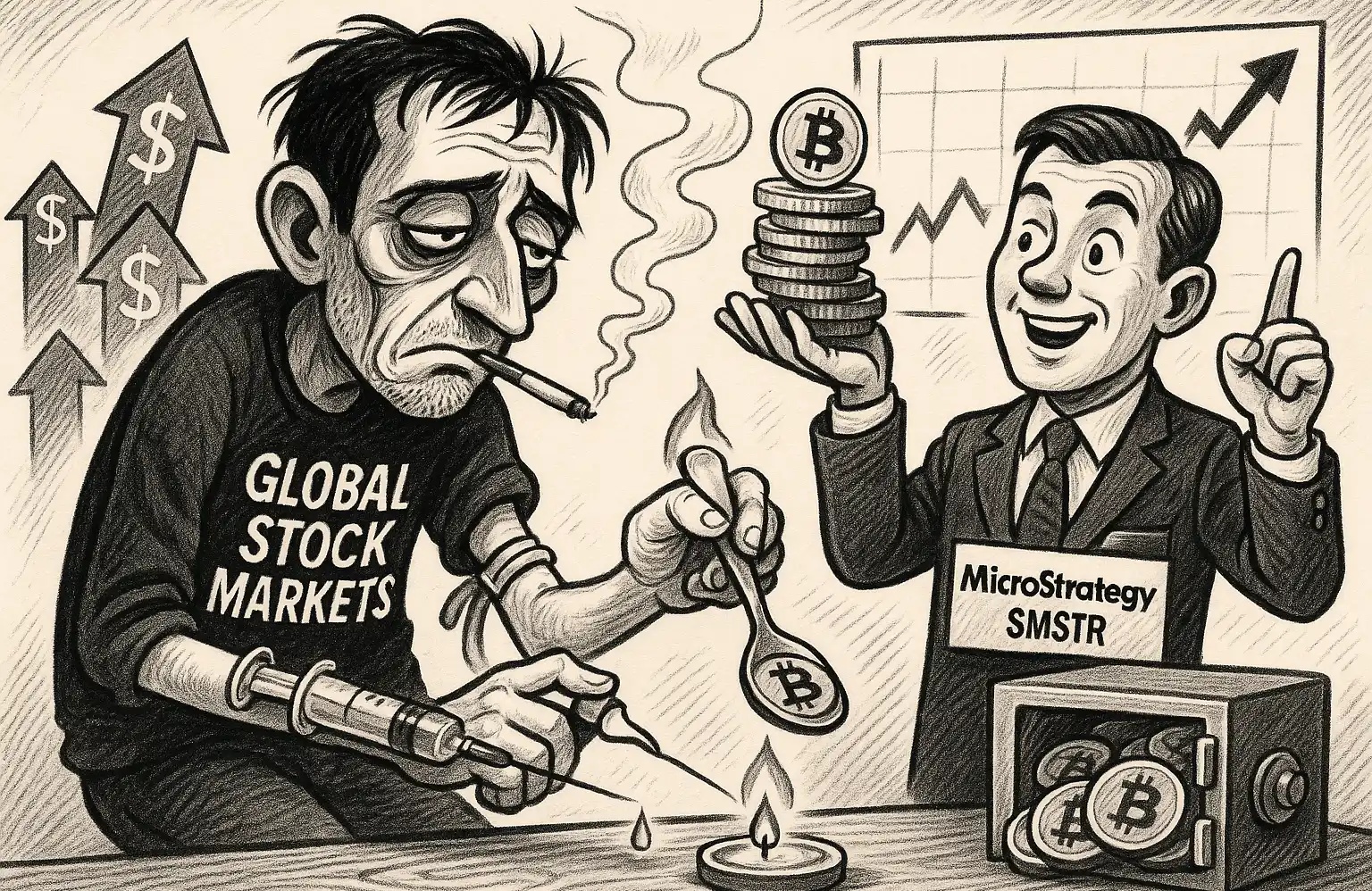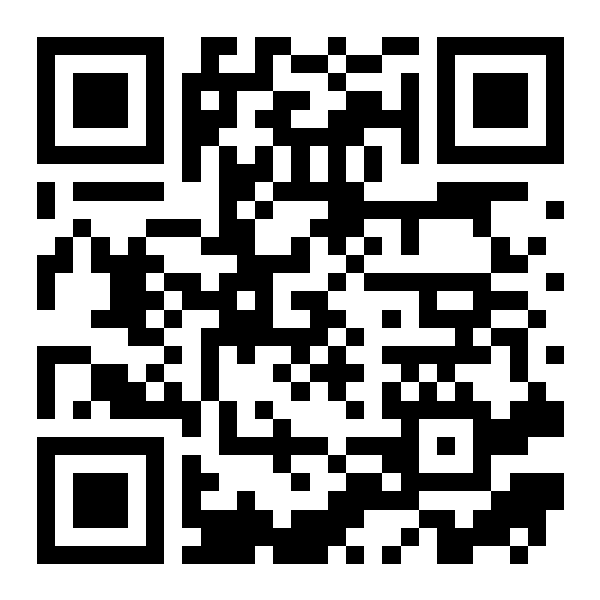Powell to Confront 'Trump Tariff Shockwave' Tonight: Fed Independence to Face Ultimate Test in 2024
Original Article Title: "Powell's Major Statement Tonight, Global Markets Focus on Three Major Suspense Points"
Original Article Author: Zheng Yao, JIN10 Data
Tonight, all eyes will be on Federal Reserve Chairman Powell. He will attend the Chicago Economic Club event and deliver a speech at 1:30 AM Beijing time on April 17. Global investors, analysts, and market participants are all waiting for Powell's response to a series of recent economic developments.
Interestingly, the venue for Powell's speech this time is exactly where Trump visited in October 2024 and discussed high tariffs and the replacement of the Federal Reserve Chairman. Although the U.S. has temporarily suspended tariffs on over 75 countries globally for 90 days, the overall economic outlook remains uncertain, and market concerns about a U.S. recession are rising.
Powell's speech today will undoubtedly provide important clues on the current economic situation, the impact of tariffs, and the interest rate trajectory for 2025. The market will focus on three major suspense points:
· Faced with Trump's tariff policy and pressure for a "leadership change" in the White House, how will the Federal Reserve uphold its tradition of independent decision-making?
· With inflation easing but recession risks intensifying, will Powell's rate cut expectations change?
· The internal "hawk-dove struggle" within the Federal Reserve is escalating, will the advocacy for aggressive rate cuts by officials like Bullard influence decision-making?
In previous speeches, Powell stated that Trump's tariff hikes far exceeded the Fed's expectations, and the impact on the economy may be larger than expected. Therefore, he believes that the policy impact in the short term is highly uncertain and will wait for a clearer picture before further adjustments. He also emphasized that the current policy stance is good, a wait-and-see approach can be taken, and the policy remains moderately restrictive. Regarding whether the U.S. economy will experience a recession, he pointed out that the Fed did not make a probability forecast for a recession, but external forecasting agencies have increased the likelihood. Regarding rate cut expectations, Powell has not changed his views from the March meeting, believing that soft economic growth and rising inflation offset each other and will lead the Fed to maintain its expectation of two rate cuts in 2025.
Powell is facing pressure for rate cuts from multiple directions. U.S. inflation appears to be gradually easing. The latest CPI data for March shows a further downward trend in inflation. Meanwhile, Trump has consistently supported a low-interest-rate policy, which has now created trouble for Powell. If a rapid and substantial rate cut occurs, it may once again trigger inflation; however, delaying a rate cut may drag down the U.S. economy.
Jerome Powell and most Fed officials still believe that now is not the right time to cut interest rates. Despite signs of weakness in the U.S. economy, especially in the labor market, the Fed seems inclined to maintain a stable policy rate to guard against new inflation brought on by Trump's tariffs. The minutes of the Fed's March meeting showed that its economic projections and dot plot suggest there could be two rate cuts in 2025.
However, Trump's tariff policy has not only increased the risk of the U.S. falling into a recession but may also force the Fed to implement more and more aggressive rate cuts. Meanwhile, the market performance remains subdued, reflecting that the earlier anticipation of a dovish Fed policy shift has not translated into a substantial rebound. Investors are choosing to wait and becoming more cautious.
Of note, just this Monday, U.S. Treasury Secretary Yellen announced that the White House will begin interviewing candidates to replace Powell as the Fed Chair. Powell's current term is set to end in May 2026, and despite facing frequent political pressure from Trump, he has repeatedly stated in public that he intends to complete his term. Rumors on Wall Street suggest that Fed Governor Waller is expected to take over as Fed Chair after Powell's term ends in 2026, and his views expressed this week are divergent from some Federal Open Market Committee (FOMC) members.
Waller stated on Monday that if the U.S. President reintroduces the tariff measures announced on April 2, the Fed will have to quickly embark on a series of "bad news" rate cuts. Waller warned that if Trump fully imposes tariffs after the suspension period ends, U.S. economic growth will "almost stall," and the unemployment rate will surge from the current 4.2% to 5% next year. He also noted that although short-term inflation may spike to 5%, the upward pressure on prices may only be temporary, providing room for the Fed to cut rates to counter the economic slowdown.
Waller said: "While I expect the inflation effects of tariffs to be only temporary, their negative impact on output and employment could be more persistent and be a key consideration when formulating a monetary policy stance. If the economic slowdown is severe, even touching the edge of a recession, then I would lean towards an earlier and more substantial rate cut than previously expected."
Waller's assessment of rising unemployment aligns with the New York Fed's consumer confidence survey results released on Monday. The survey shows that currently, 44% of Americans expect the unemployment rate to rise in the next year, the highest level since the pandemic began, and since Trump took office, this proportion has risen by 10 percentage points.
Other FOMC members advocate a "wait-and-see" approach. They state that they will not hastily adjust rates until they see concrete signs of an actual slowdown in hard data. Powell currently shares the same view.
Since early 2025, the Federal Reserve has kept the interest rate in the 4.25%-4.5% range. The market currently expects the Fed to cut rates three times in 2025, with the first cut expected to begin in June. According to the April 16 CME "FedWatch Tool," the probability of the Fed maintaining the interest rate in May is 81.4%, and the probability of a 25 basis point rate cut in June is 60.1%.
Furthermore, several investment banks have recently increased their expectations for Fed rate cuts this year, with the latest revision being made by Deutsche Bank, which now expects the Fed to cut rates by 25 basis points in December, previously expecting no cuts in 2025. They also expect the Fed to cut rates twice more by 25 basis points each in the first quarter of 2026, bringing the target rate to 3.5%-3.75%.
Welcome to join the official BlockBeats community:
Telegram Subscription Group: https://t.me/theblockbeats
Telegram Discussion Group: https://t.me/BlockBeats_App
Official Twitter Account: https://twitter.com/BlockBeatsAsia
 Forum
Forum OPRR
OPRR Finance
Finance
 Specials
Specials
 On-chain Eco
On-chain Eco
 Entry
Entry
 Podcasts
Podcasts
 Data
Data

 Summarized by AI
Summarized by AI







